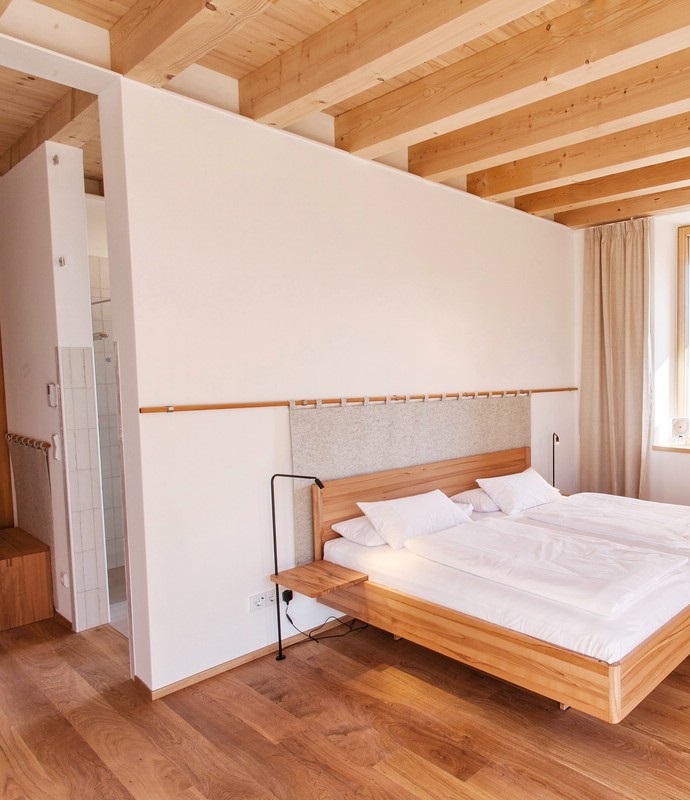TREATMENT OF ECZEMA (NEURODERMATITIS) WITH AYURVEDA AND HOLISTIC MEDICINE PART 2
Spicy taste and eczema
In the Ayurvedic model, the pungent taste found in spicy foods such as chillies, peppers, cayenne pepper, etc., consists of the elements of fire and air. Spicy foods increase pitta (because pitta is already hot) and vata (because vata is already light and airy), worsening symptoms.
Salty taste and eczema
A recent study showed that high salt consumption can lead to the formation of Th2 cells. These are white blood cells that are involved in the development of eczema. It was also found that the areas of skin affected by eczema have up to 30 times the sodium content of healthy skin.
In Ayurveda, the salty taste is associated with the elements of fire and water. Fire, which is naturally hot, aggravates Pitta, while the element of water aggravates Kapha, thus increasing the symptoms of eczema. As a result, salt consumption should be drastically limited in cases of eczema.
Sour taste and eczema
Sour taste, which is made up of the elements of fire and earth, aggravates pitta with its heat and kapha with its oily heaviness, respectively. Sour tastes include alcohol, vinegar, cheese, fermented foods such as yoghurt or sauerkraut and citrus fruits.
Although allergy to citrus is quite rare, it can cause skin reactions such as hives, redness, swelling and itching. No wonder citrus fruits are considered to be heating, pro-inflammatory and pitta-increasing in Ayurveda.
Medicinal herbs for eczema
To treat eczema, Ayurveda focuses on herbs that are "raktashodhaka" (blood purifying), "kushthaghna" (skin disease curing) and "varnya" (complexion improving). The herbs that fit into these categories are bitter in taste. The bitter taste, which consists of the elements ether and air, purifies the subtle channels of the body and thus has a clarifying and detoxifying effect. In addition, herbs that purify the blood ('raktashodhaka') also have a purifying effect on the liver, as the 'raktavahasrotas' (or blood channels) originate from the liver and spleen, according to Ayurveda.
Herbs used to cure eczema include bitter medicinal plants such as neem (=Azadirachta indica), guduchi (=Tinospora cordifolia), manjishtha (=Rubia cordifolia) and turmeric (=yellow root). Guggulu (=myrrh), the gum resin of a desert shrub, is also an excellent anti-inflammatory agent and is combined with various herbs to make guggulu formulations for specific effects.
Pancha Karma for skin diseases
Ayurveda uses deep physical cleansing processes from Pancha Karma therapy to eliminate toxins and remove excess doshas. Virechana (intestinal cleansing) and rakta mokshana (bloodletting) are the treatments of choice for skin diseases with elevated pitta and tainted rakta (blood tissue).
In Virechana, ghee mixed with bitter herbs is taken in increasing quantities to soften the toxins (ama) in the body. Then a laxative is taken to eliminate the toxins (ama) through the digestive tract. This colon cleansing is part of the preparation for an in-patient or out-patient Pancha Karma cure in soma. All the webinars we run also include virechana therapy (www.ayurvedawebinar.at).
Bloodletting (Rakta Mokshana) is offered regularly in our practice and is an important application for various chronic skin diseases. Blood is taken from a vein after a preparatory therapy, which preferably includes a Virechana.
Thermal water healing baths in soma
The certified thermal healing water from the Dreikönigsquelle Haag, which is used in soma for tub baths, partial baths and steam baths, has, according to analysis, a high content of sodium bicarbonate, which neutralises hyperacidity in the skin and body. The other minerals and the organic sulphur contained also contribute to the healing of skin inflammations. The application of our thermal healing water in combination with Pancha Karma causes a rapid improvement of eczema and psoriasis.
Holistic medicine
In our medical practice at the soma, vital substance infusions are offered in addition to the Ayurvedic treatments. A deficiency of vitamins and trace elements, which is clarified in a whole blood examination, can be quickly compensated by infusions.
Another component of an effective eczema therapy is the use of laser light. This can be used for direct irradiation of affected skin areas. Another efficient method is the application as a haemolaser. Here, a light guide is inserted into the bloodstream via vein access and the blood is irradiated with laser light. This leads to an anti-inflammatory effect from the inside.
Referenzes:
1. NICE (2022): Eczema – Atopic: How common is it?, Internet www page at URL: https://tinyurl.com/nsw2v47t
2. Sanjay, A.D. (2021): A conceptual study on Vicharchika with special reference to Eczema. International Journal of Creative Research Thoughts, 2021 April, 9 (4), 3895-3902
3. Nosrati, A. et al. (2017):Dietary modifications in atopic dermatitis: patient-reported outcomes. Journal of Dermatological Treatment, 2017 Jan, 28 (6), 523-538.
4. Matthias, J. et al. (2019): Sodium chloride is an ionic checkpoint for human TH2 cells and shapes the atopic skin microenvironment. Science Translational Medicine, 2019 Feb, 11 (480).
5. Leonard, J. (2018): What are the symptoms of citrus allergy? Internet www page at URL: https://www.medic alnewstod ay.com/ articles/321764
Article by Colette Park, BSc (Hons) Ayurveda, MSc Clinical Nutrition


We look forward to your feedback!